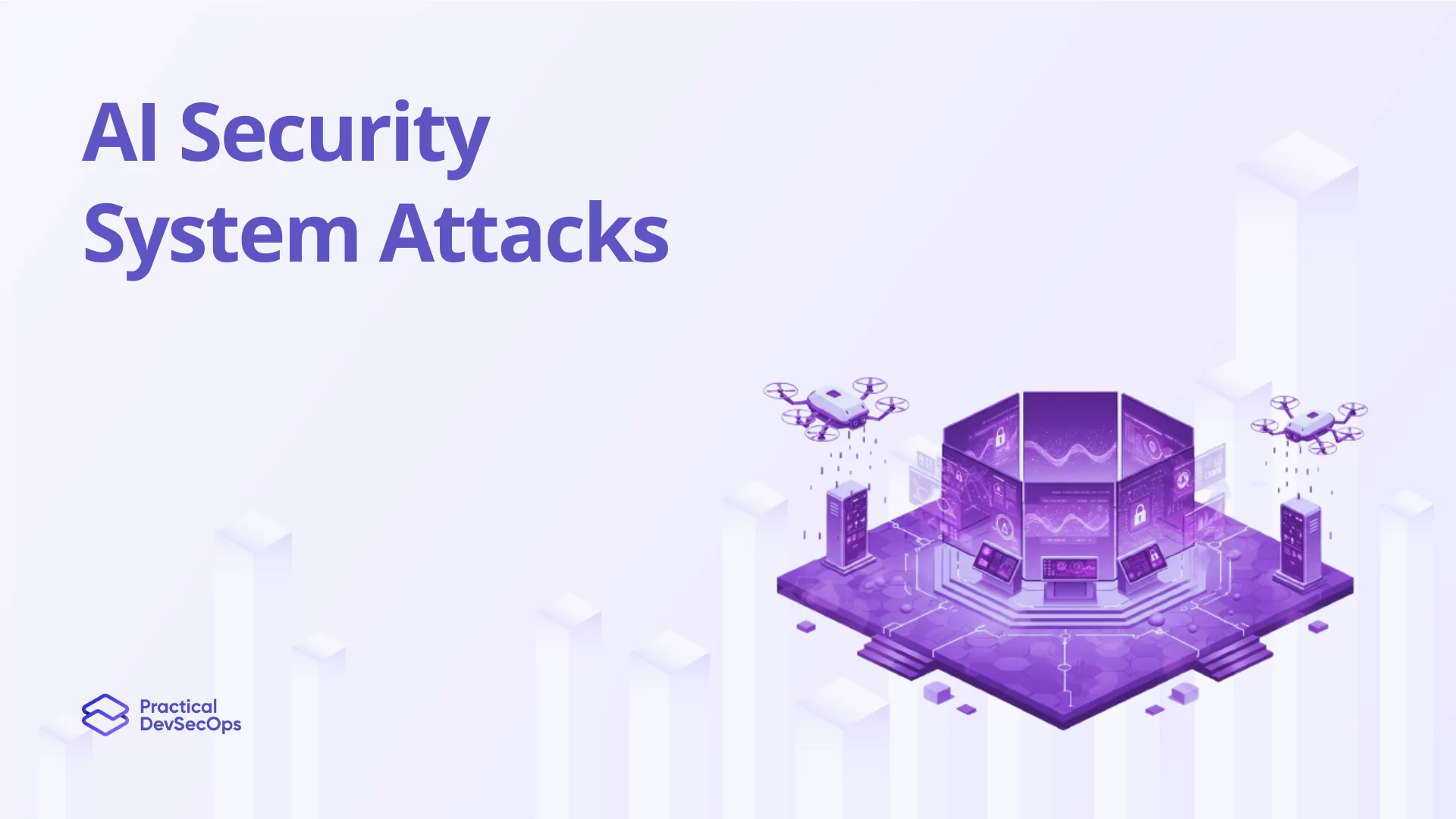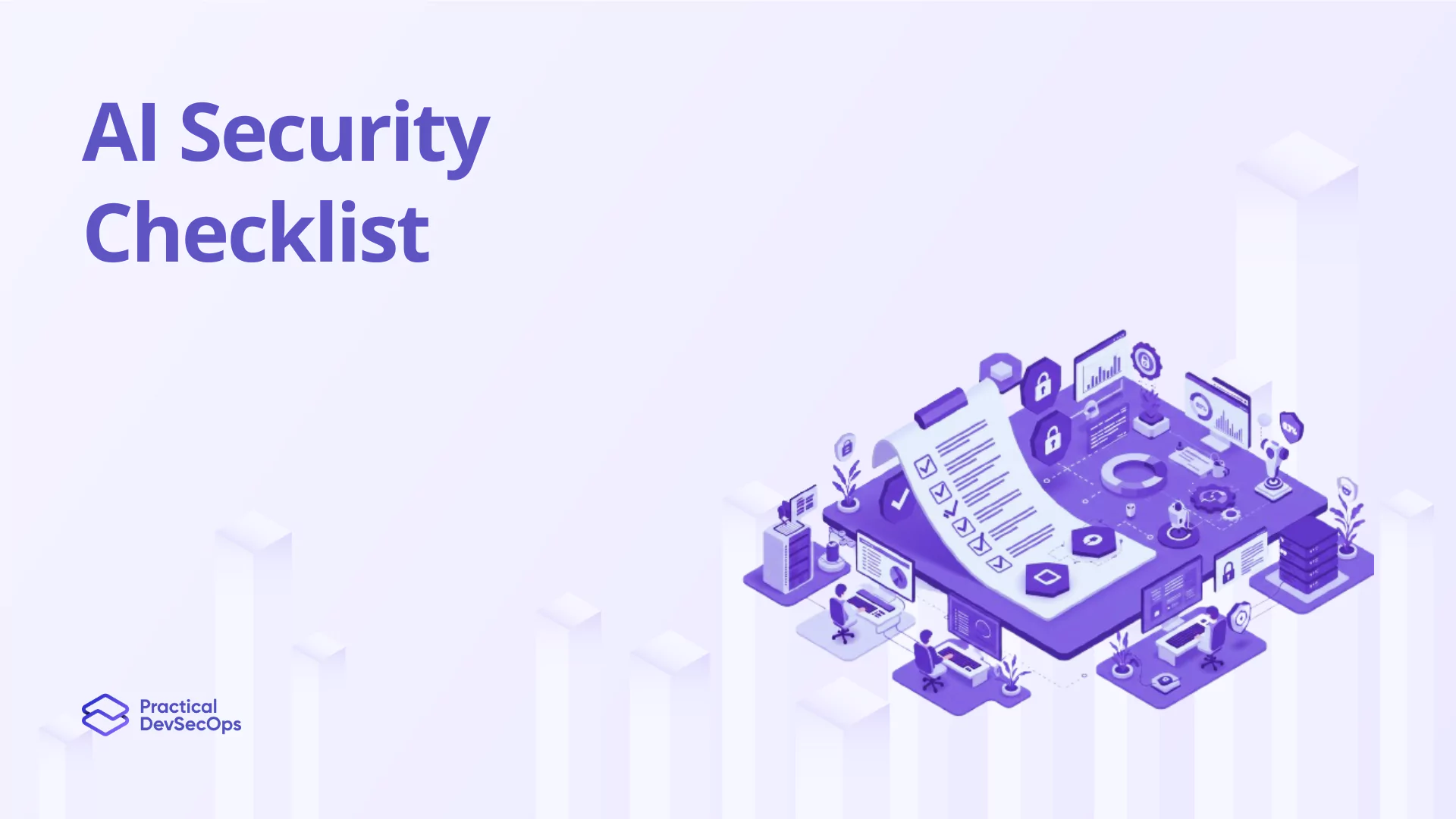In our interconnected digital world, the integrity of software supply chains is critical. High-profile breaches such as SolarWinds and Kaseya have showcased the dire consequences of security oversights. This guide outlines seven foundational pillars essential for securing software supply chains, helping organizations protect their critical infrastructures from emerging threats.
The Rise of Software Supply Chain Attacks
Recent breaches have underscored the vulnerability of software supply chains to cyberattacks. For example, the SolarWinds hack, which affected multiple US federal agencies and thousands of companies, exploited the trust between software providers and their customers. This incident highlights the urgent need for comprehensive security measures within software supply chains.
Pillar 1: Risk Assessment and Management
Risk assessment and management from the cornerstone of supply chain security. This involves identifying, analyzing, and prioritizing risks associated with software components and their suppliers.
Example: Using tools like the NIST Cybersecurity Framework, companies can assess supplier risk profiles and implement strategic measures to mitigate these risks. For instance, a tech company might use this framework to evaluate a third-party vendor’s compliance with security standards before integrating their software.
Pillar 2: SBOM Transparency
A Software Bill of Materials (SBOM) provides a detailed list of all components used in software construction. Transparency in SBOMs helps organizations track dependencies and uncover hidden risks.
Example: Consider a financial services firm that uses SBOMs to manage its fintech software suite. By maintaining comprehensive SBOMs, the firm can quickly identify and respond to vulnerabilities in open-source components they are dependent on, such as the Apache Struts framework.
Pillar 3: Third-Party Component Management
Effective management of third-party components ensures that all external software meets security standards. This includes rigorous vetting processes and regular security assessments.
Example: A cloud storage provider may implement a policy requiring all third-party components to undergo a security audit before integration. This policy was crucial when they rejected a data compression tool found to have undisclosed backdoors.
Pillar 4: DevSecOps Integration
DevSecOps integrates security into every stage of the software development lifecycle, promoting early detection and remediation of vulnerabilities.
Example: A mobile app development company incorporates static and dynamic code analysis tools into their CI/CD pipeline. This allows them to detect vulnerabilities in real-time, significantly reducing the risk of deploying compromised code.
Also read about Software Supply Chain Security Tools
Pillar 5: Proactive Vulnerability Management
Proactive vulnerability management involves continuously monitoring for new vulnerabilities and swiftly addressing found issues with patches or updates.
Example: An e-commerce platform uses automated scanning tools to monitor their software stack daily. When the Heartbleed bug was announced, their systems automatically detected vulnerable versions of OpenSSL, and they patched their servers within hours, preventing potential data breaches.
Pillar 6: Education and Training
Regular training for development and security teams ensures that personnel are aware of the latest security threats and best practices.
Example: A software company conducts bi-annual security workshops for its developers, focusing on secure coding practices. This training was instrumental in helping a junior developer spot and prevent a potential SQL injection attack during routine code review.
Also read Software Supply Chain Security Interview questions and answers
Pillar 7: Compliance and Auditing
Compliance with industry standards and regular audits ensure that security practices are not only theoretical but effectively implemented.
Example: A multinational corporation adheres to ISO/IEC 27001 standards for information security management. Annual third-party audits verify their compliance, ensuring that their security measures are robust and up to date.
Challenges and Solutions in Strengthening Supply Chain Security
Implementing these pillars can be challenging due to the complexity of modern software ecosystems and the dynamic nature of cyber threats. However, leveraging integrated security platforms and adopting a unified approach to risk management can help mitigate these challenges.
Conclusion
Step up to the challenge with our Certified Software Supply Chain Security Expert course. Uncover the full potential of the seven pillars of software supply chain security. This course equips you with the skills to not just react to threats, but to proactively enhance your organization’s resilience and security posture. Learn to build a culture of continuous improvement and safeguard your software assets against future vulnerabilities. Join now and become a leader in software security excellence!
Also read about Role of Software Bill of Materials in Software Supply Chain
FAQ Section
What are the 7 pillars of software supply chain security?
The seven pillars are Risk Assessment, SBOM Transparency, Third-Party Component Management, DevSecOps Integration, Proactive Vulnerability Management, Education and Training, and Compliance and Auditing.
How does an SBOM help in securing the software supply chain?
An SBOM provides transparency into the software components, aiding organizations in identifying vulnerabilities and ensuring compliance with security standards.
What is the importance of DevSecOps in supply chain security?
DevSecOps integrates security at every phase of the software development process, helping to identify and rectify vulnerabilities early, thus enhancing overall security.
How often should security audits be conducted?
Security audits should be conducted at least annually, or more frequently, depending on the organization’s risk profile and changes in the regulatory environment.







0 Comments